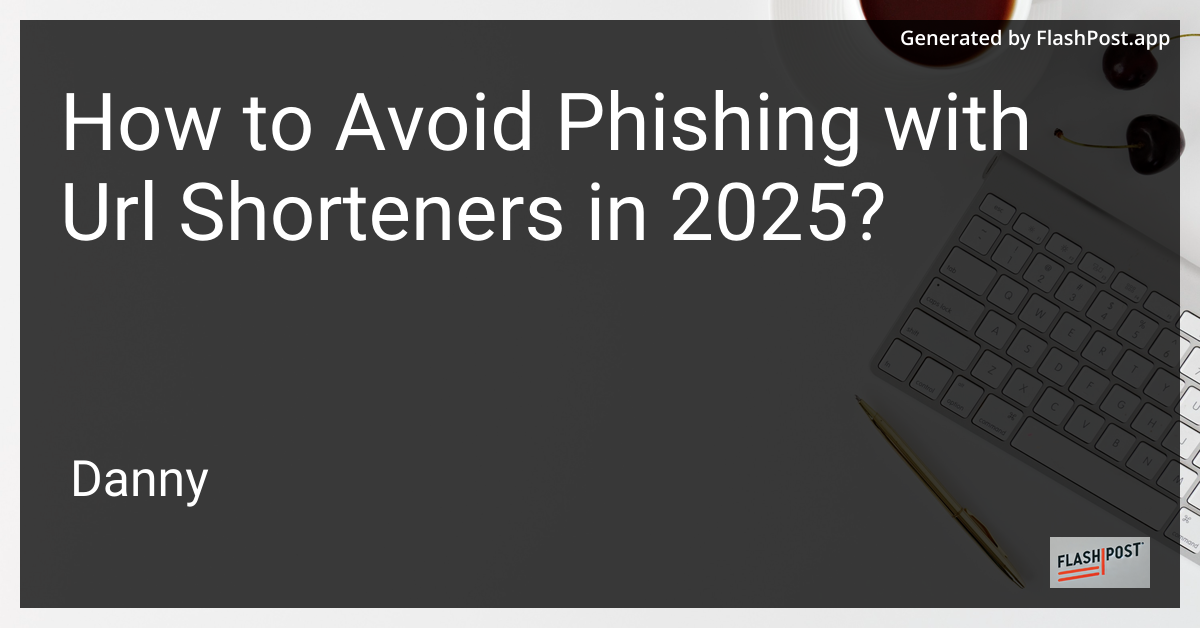
In the digital age, safeguarding your online presence is critical, especially as we move into 2025 with more evolving phishing tactics. One such avenue that requires vigilant attention is the use of URL shorteners, which, while convenient, can be manipulated for malicious phishing schemes. Here's how to protect yourself by recognizing and avoiding potential threats when dealing with SharePoint URL shorteners and other URL-shortening services.
Understanding the Risk
URL shorteners are popular tools that transform lengthy web addresses into concise, shareable links. Unfortunately, they can also be exploited to obscure malicious sites designed to harvest personal information or install unwanted software on your devices. Here's what you need to know:
- Concealed URLs: Shorteners hide the original URL, making it impossible at first glance to determine the authenticity of the destination site.
- Easily Spoofed: Cybercriminals often use shorteners to imitate trusted sources, thereby increasing their chances of deceiving victims.
Tips to Avoid Phishing with URL Shorteners
1. Verify Before Clicking
Always hover over a URL to preview the destination before clicking. Utilize browser extensions and online tools that expand shortened URLs to reveal the full path. These simple steps can help identify suspicious destinations hidden behind a short link.
2. Only Trust Reputable Shortening Services
In 2025, ensure you're using only the best URL shorteners that are well-established and have security protocols in place, like detailed click analytics which give insight into the link's history.
3. Implement Multi-Factor Authentication (MFA)
By enabling MFA across your accounts, even if you stumble upon a malicious URL, the additional layer of security can prevent unauthorized access to your sensitive information.
4. Educate Yourself Continually
Staying informed about the types of threats prevalent in 2025 is crucial. Regularly update your knowledge on cybersecurity through blogs and cyber safety websites. Knowing the best free and paid URL shorteners can also ensure you're using tools less likely to be exploited.
5. Be Cautious with Shared Links
Always be wary of unsolicited messages or emails containing shortened URLs, particularly if they come from unfamiliar sources. When possible, confirm with the sender via a different communication method to ensure the link's legitimacy.
Conclusion
As URL shorteners continue to serve as valuable tools for managing web addresses, understanding the associated phishing risks is imperative. By remaining cautious and employing robust security measures, you can enjoy the benefits of URL shorteners while protecting your online identity in 2025.
Stay safe, stay informed, and keep your digital interactions secure.